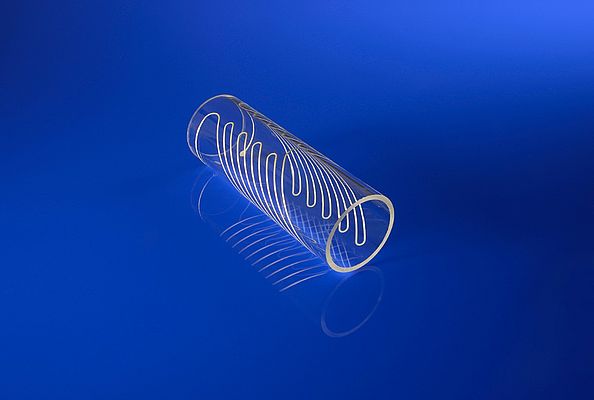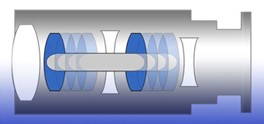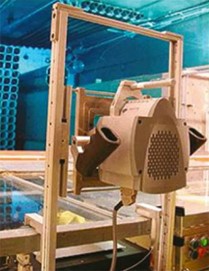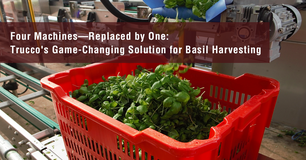Printers are becoming more and more versatile. Now they can even print sensors and electronic components on 2D and 3D substrates. A new, robot-assisted production line allows the process to be automated. Researchers at the Fraunhofer Institute for Manufacturing Technology and Advanced Materials IFAM in Bremen use various printing methods to produce electronic components and sensors. The tiny resistors, transistors, circuit paths and capacitors are first designed on screen and then deposited directly onto two- and three-dimensional substrates, for instance circuit boards. Instead of the usual paper inks, the scientists use what are known as "functional inks" - electronic materials in liquid or paste form. The range of potential uses for printed electronics is wide - from the electronic circuits in digital thermometers to flexible sheets of solar cells and smart packaging with built-in sensors. To automate the process of applying printed electronics to components with flat and three-dimensional surfaces, the IFAM scientists have set up a robot-assisted production line that allows different printing methods to be combined in a single run. Modules for silk-screen, inkjet, dispenser, and aerosol-jet printing are integrated in the production unit. "The production line with its central robotic unit, component feeders, printing systems and heat treatment furnaces enables us to functionalize surfaces on a near-industrial scale," says Dr. Volker Zöllmer, head of the Functional Structures department at IFAM.
For more information click this link























































